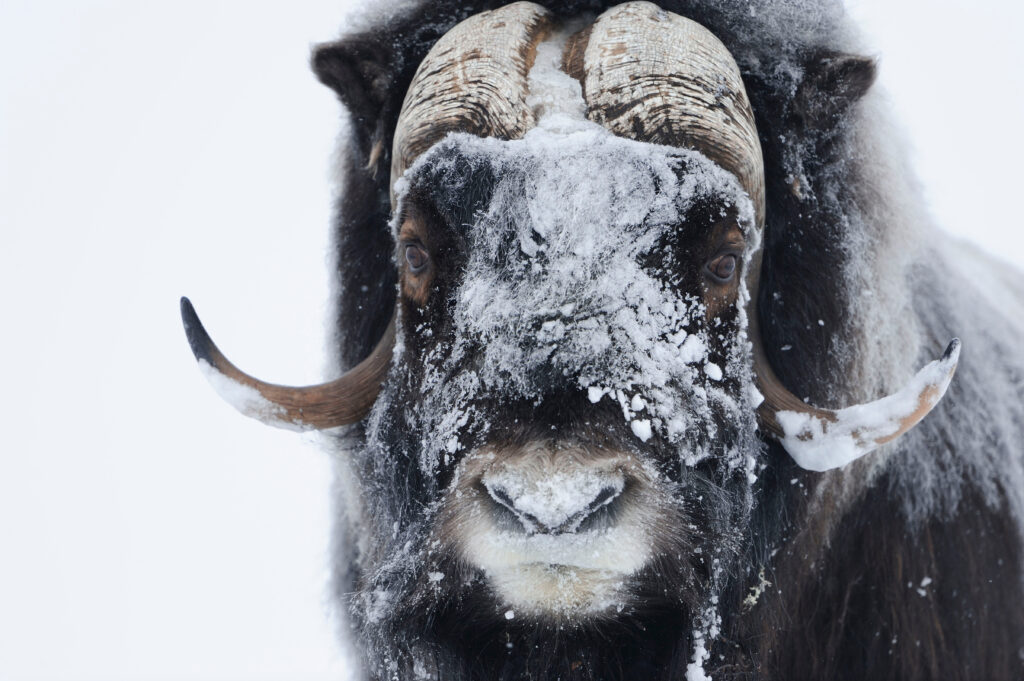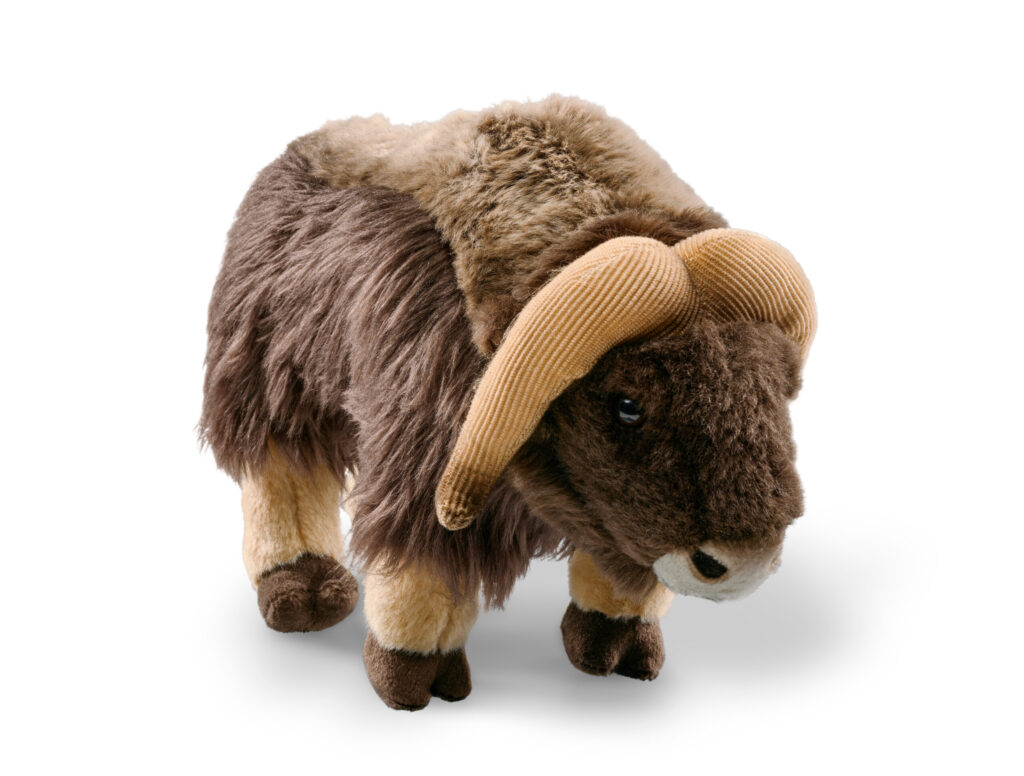Meet the magnificent muskox, an Ice Age survivor
WWF-Canada just added four new species to our collection of symbolic adoptions, including the magnificent muskox. When you bring wildlife home by symbolically adopting a species you help protect their habitats.

Muskox are not relics of the Ice Age, they’re survivors of it. Perfectly adapted to the frozen tundra, they’ve been able to thrive in the Arctic for thousands of years, long outliving woolly mammoths. Yet, rapid climate change is testing the resilience of this ancient species and threatening their future.
Here are five facts about the muskox, plus how you can help them thrive.
They have a unique smell
While muskox are not actually oxen — they’re more closely related to sheep and goats — their name still tracks. The muskox is named for the pungent musky aroma they emit during mating season. To Inuit, they are known as umingmak, which roughly translates to “the bearded one.”
This species is crucial to Inuit
Inuit have lived among muskox since time immemorial. Muskox have provided Inuit in some parts of the Arctic with a source of food, tools and weapons made from horns, and clothing made from their wool (which is softer than cashmere but stronger and eight times warmer than sheep’s wool!). Harvesting muskox is also connected to Inuit social and cultural identity, helping to shape local knowledge systems.
Built for the cold
Most of the world’s muskox live in the Canadian Arctic. They have two thick layers of fur: a coarse and shaggy outer coat (guard hairs) and an insulating undercoat (qiviut). During the harsh winter months, muskox can withstand temperatures colder than -40 degrees C on the treeless and windy tundra thanks to many adaptations, including their fur.
Unlike caribou, muskox do not migrate. To conserve energy, muskox instead stand still and can slow their breathing, heart rate and digestion.

A strong defence
Muskox also aren’t as big as you may think. They weigh around 315 kilograms, which is compact compared to a 1,000-kilogram bison. They live in herds of two or three dozen and when threatened by predators like wolves, muskox use a unique defense formation by standing together in a protective circle with their calves on the inside and adults facing outward with their mighty horns.
Climate change is the most urgent threat to their survival
Studies suggest that it is becoming harder for muskox to find food as the climate changes. Muskox use their noses and legs to dig through the snow to reach food like sedges and grasses, but with warmer temperatures, rain is falling then freezing into a hard layer of ice which is difficult for them to break through.
Warming temperatures are making muskox more prone to disease and parasites. Recently, local and scientific knowledge has shown a decline in muskox numbers in the Iqaluktutiaq area and increasing evidence that the health of muskoxen is deteriorating.
Why adopt a muskox?
Invite this hoofed species into your home with our true-to-life muskox plush. Your symbolic adoption will help support our work to safeguard species and fight climate change with nature.
Designed with the help of conservation experts, our muskox plush features unique traits inspired by their wild counterpart such as large horns that grow downward and outward in a C shape, their dark shaggy hair, hump between their shoulders and large hooves.
Visit wwfcastg.wwf.ca/shop to explore our collection of more than 45 animals. Each adoption kit comes with a true-to-life plush animal, educational poster, personalized adoption certificate, reusable tote bag and a charitable tax receipt.

